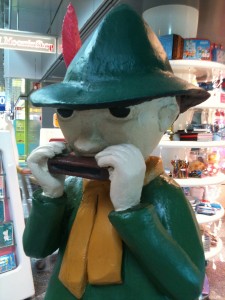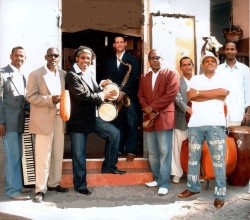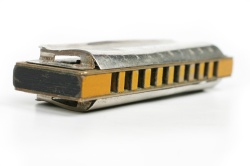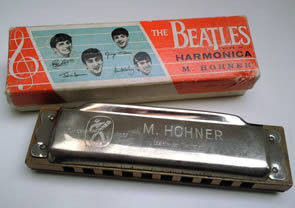1st Position Blues Harp – An Introduction (Part 3)
A guide to straight blues harping
In previous posts we considered why 1st position blues can sometimes be left in the shadows. We also touched on building a general awareness of positional playing, how some positions are interchangeable, the Ionian Mode, the low end 1st position blues scale and some low end 1st position signature riffs.
One thing is certain; played well, the top register of the blues harp packs a mighty punch and it’s a crowd pleaser. Any blues harp player who likes to showboat will agree. John Popper of Blues Traveler rips it up with his quickfire high end licks. Sugar Blue blows us away in high altitude 3rd position, while Magic Dick blows the roof off with some soaring cross harp blow bends. In fact a long list of stars knock us down every time with their death-defying, high wire antics. However, it’s not only the fast stuff that delivers. Let’s enjoy a 1st position blues montage then get cracking again.

 Sometimes it is important to take a complete break from the everyday, including the harmonica. A holiday should promote a renewed sense of perspective and a fresh appetite. Which is possibly the true meaning of recreation. And so it is, that not playing the harmonica can actually improve musical creativity.
Sometimes it is important to take a complete break from the everyday, including the harmonica. A holiday should promote a renewed sense of perspective and a fresh appetite. Which is possibly the true meaning of recreation. And so it is, that not playing the harmonica can actually improve musical creativity. Farewell Elwood
Farewell Elwood Latin American diatonic for the uninitiated
Latin American diatonic for the uninitiated
